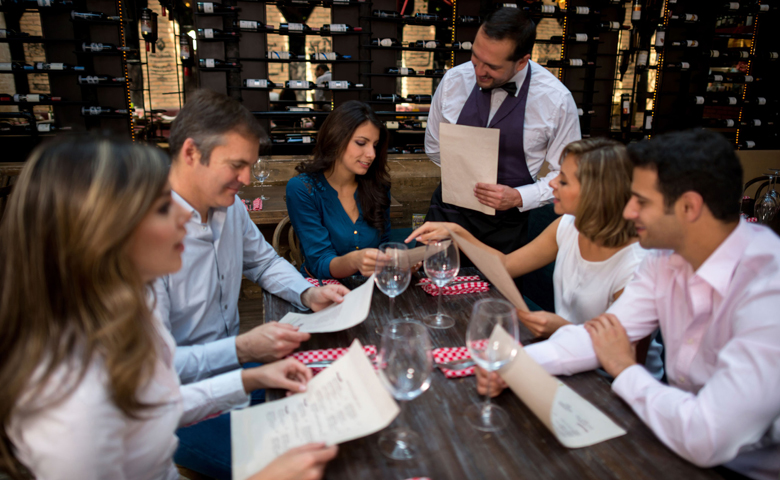3 Ways to Encourage Guests Through Storytelling
Providing genuine stories helps menus resonate with diners.
It was the summer of 2015 in an up-and-coming foodie destination. Within weeks of each other, two restaurants were opening. Both were high-end seafood concepts separated by no more than a half mile. Both had excellent design and similar menus with innovative dishes that deftly walked the line of classic and eccentric. The concepts were well-planned. The food was either locally sourced or flown in daily. Both played to the desires of their well-heeled patrons, and there was enough business for both of them.
A year later, only one of the restaurants remained.
Where did the first eatery go wrong, and what did the survivor do right? The truth is, flawless design and worn-out phrases like “locally sourced” and “chef driven” are not enough anymore. They have become cliché. When anyone can call their pizza list “handcrafted,” the marketplace becomes immune. To stand out and survive, you must go beyond the buzzwords, evoke emotion and build trust with consumers by leveraging your unique brand story.
Here’s how to do that:
1. Tell the story customers want to hear
The failed seafood restaurant went with the “locally owned” narrative: Two hometown boys founded a restaurant. Unfortunately, that wasn’t a story the community cared about. The successful restaurant did some research. They knew people were complaining about too many pizzas, too many burgers, too much meat and not enough fish. So the owners went with that story, and the community responded.
Now, this doesn’t mean lie; that’s guaranteed to destroy your relationship with your customer. But if you can truthfully do so, focus on something your patrons are already talking about.
2. Train servers to be storytellers
Servers at the first fish restaurant pointed out different items on the menu; what they were, what sauces they came with; all things that guests could read for themselves. Reciting descriptions, no matter how well written, does not engage customers with your brand. Instead, train your servers to tell the stories behind the dishes. Who created them? How did the dish come about? When was the first time the server tried the entrée, and how did it make him or her feel? This was perhaps the most important difference between the two seafood eateries.
At the second restaurant, the servers could tell a different, engaging story for each dish and drink. The problem for the customers? They could only choose one. What did this mean for business? People were returning as quickly as possible to try more dishes.
3. Leverage stories to develop brand ambassadors
A marketing research expert recently stated that the strength of a brand is no longer how well you can tell your customers what you do. Rather, the power of your brand reflects how well your customers can tell their networks what you do, and how well THEIR networks can tell THEIR networks.
Good storytelling can stand up to this complex chain of communication. If you and your team are telling actual stories about your food, your concept, your founders, your mission in action… you are training your customers how to talk about you. For every story you tell and table you turn, you are actually creating a PR army.
(Source: Restaurant-Hospitality.com; by Kendra Hall)
Interested in affordable and easy to obtain working capital? Click here to receive a free, no-obligation quote.



